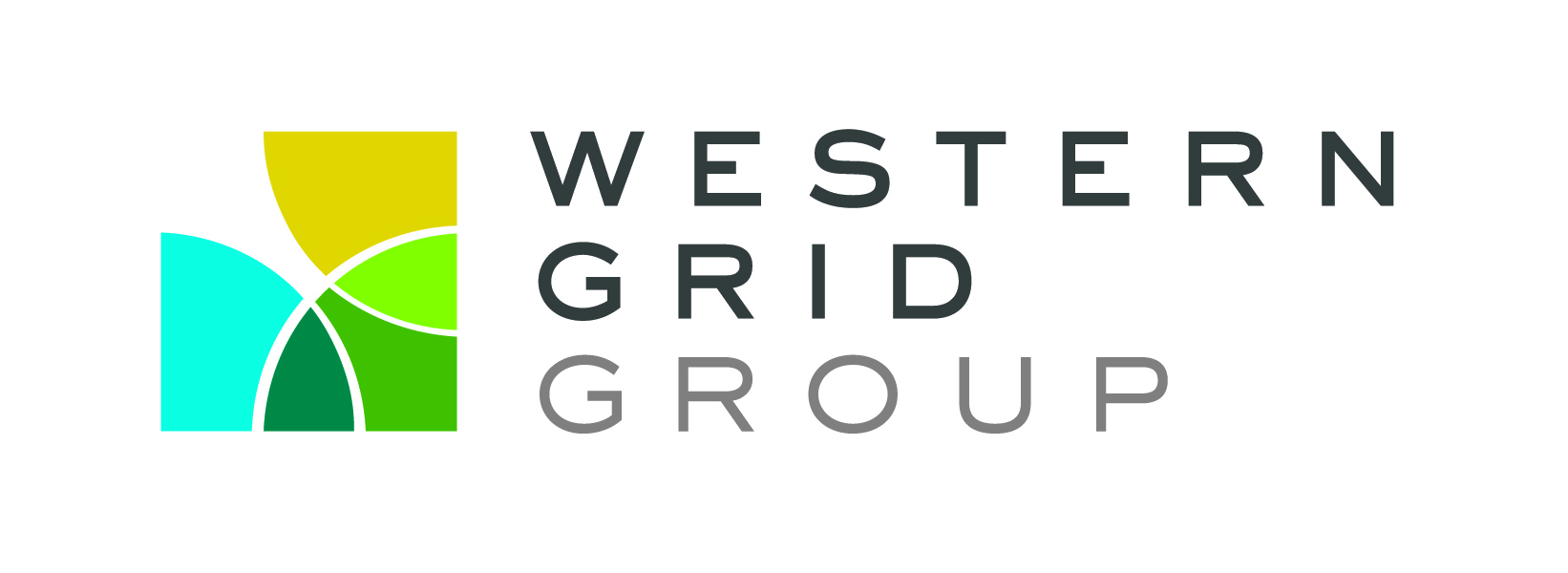Electric supply today depends heavily on coal and gas. Clean energy portfolios will be much more diversified and, as a result, much less risky. Core components are likely to include:

- Energy efficiency and customer-side resources, including instantaneously responsive load.
- Distributed generation, comprised mainly of residential, commercial and substation-scale photovoltaic installations.
- Combined Heat and Power generation able to supply electricity, heating and cooling from one fuel source. This will be a strategic resource for dense urban areas.
- Solar thermal generation to provide hot water; and energy storage and peak-shifting technologies like ice storage, which improve system efficiency and flexibility.
- Electric transportation, which utilizes off-peak wind generation and has the potential both to store electricity and to provide frequency regulation and system flexibility.
- Large-scale wind, solar and geothermal generation, which supply large amounts of power.
* Improved forecasting—along with integrating this diverse mix of clean resources to enhance system flexibility—provide the mechanisms for managing the variability and uncertainty of wind and solar output. - Operating existing gas-fired generators to provide system balancing services.
* At least some of the gas generation required to fill in around the cleaner resources may be able to be supplied by biogas, reducing net emissions even further.
Compared to current supply portfolios, this greatly increased diversity provides the fundamentals to reduce financial and security risks, improve reliability, reduce health and environmental risks, and spread job creation and economic development across more sectors and more localities, both urban and rural.
